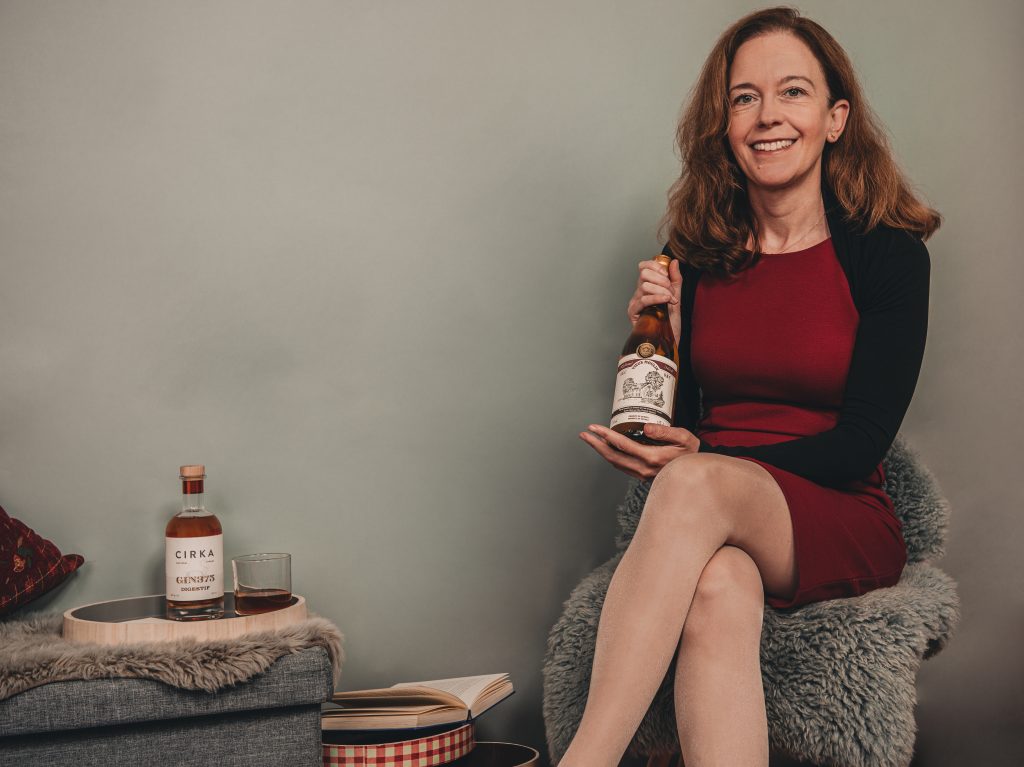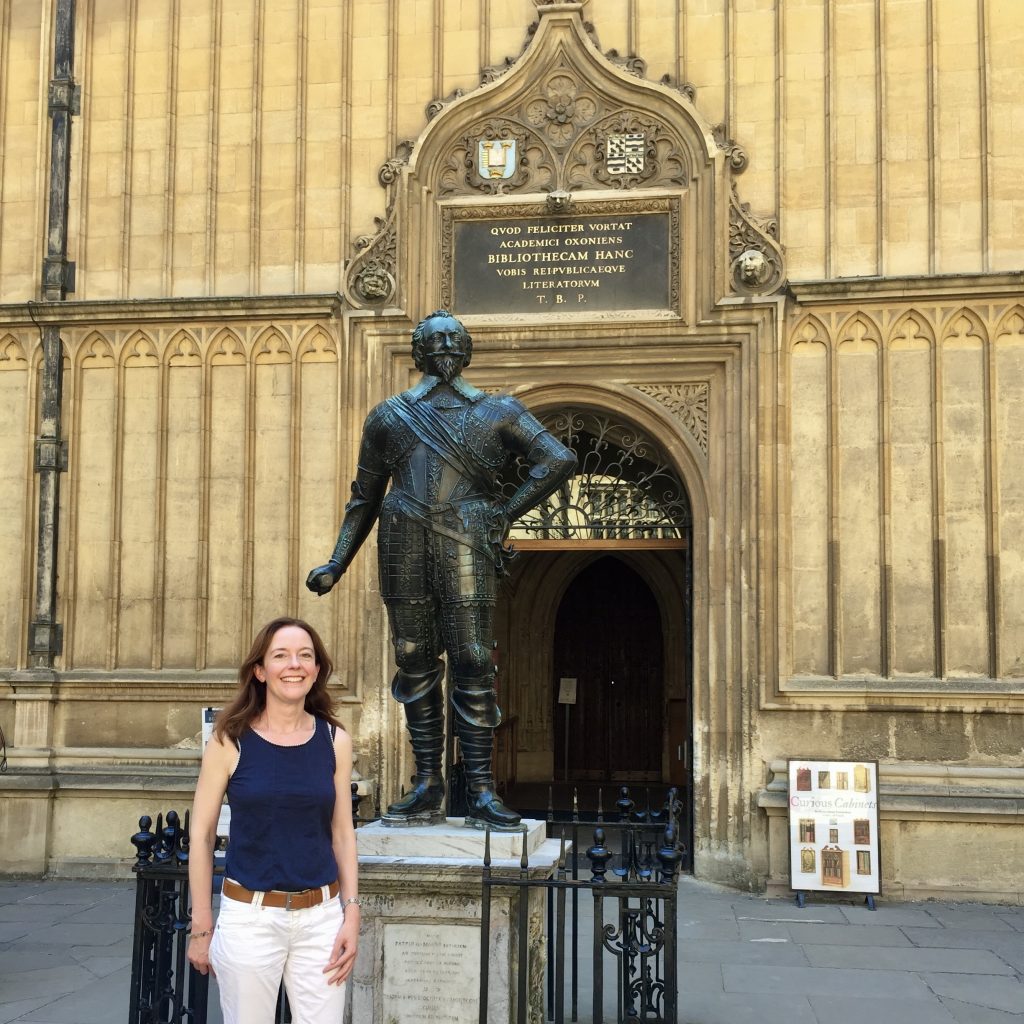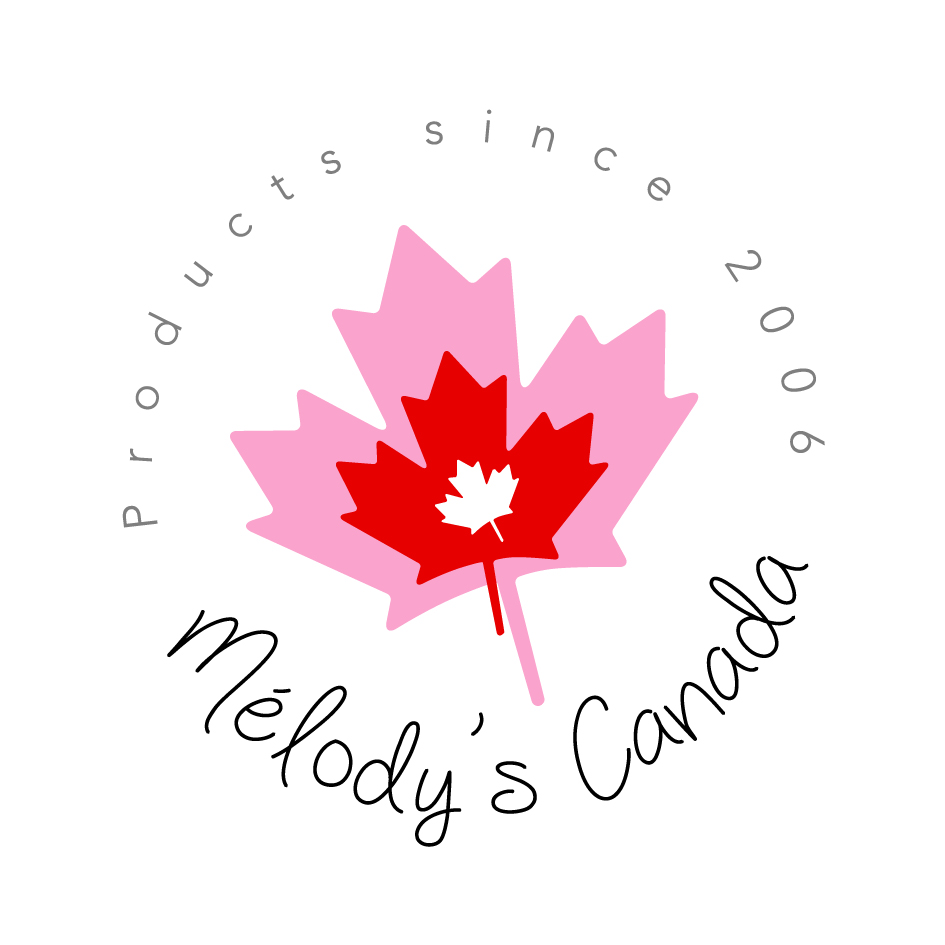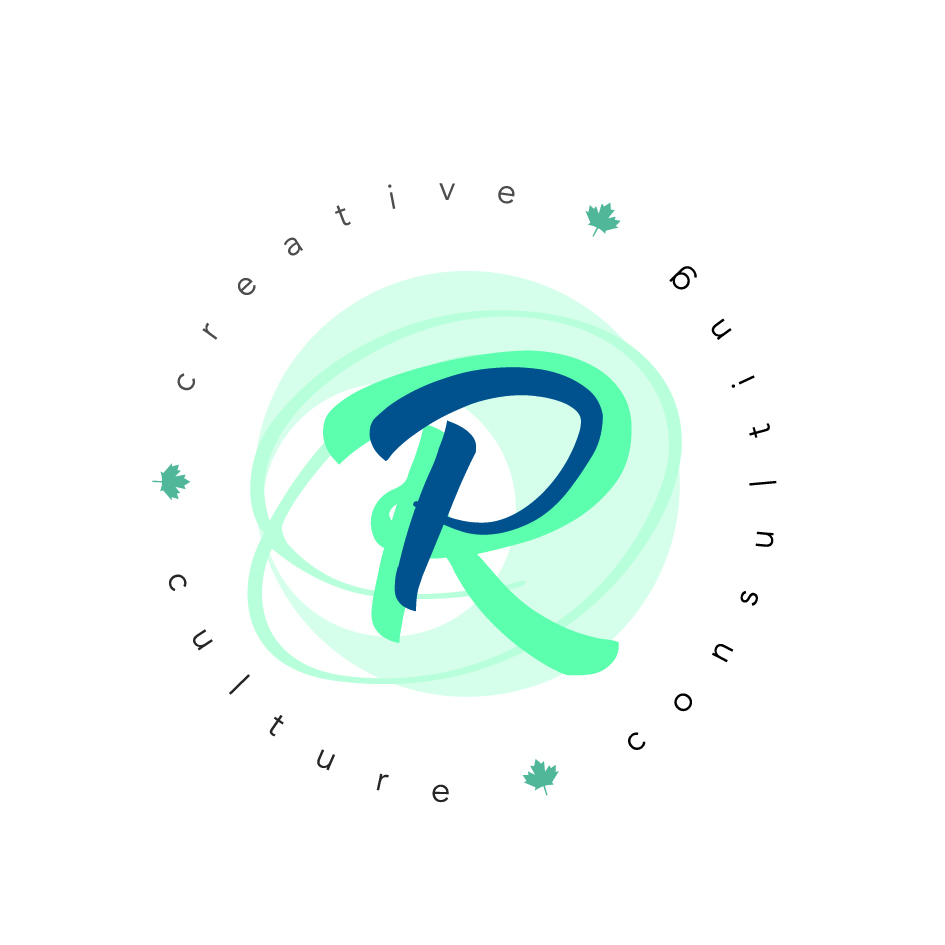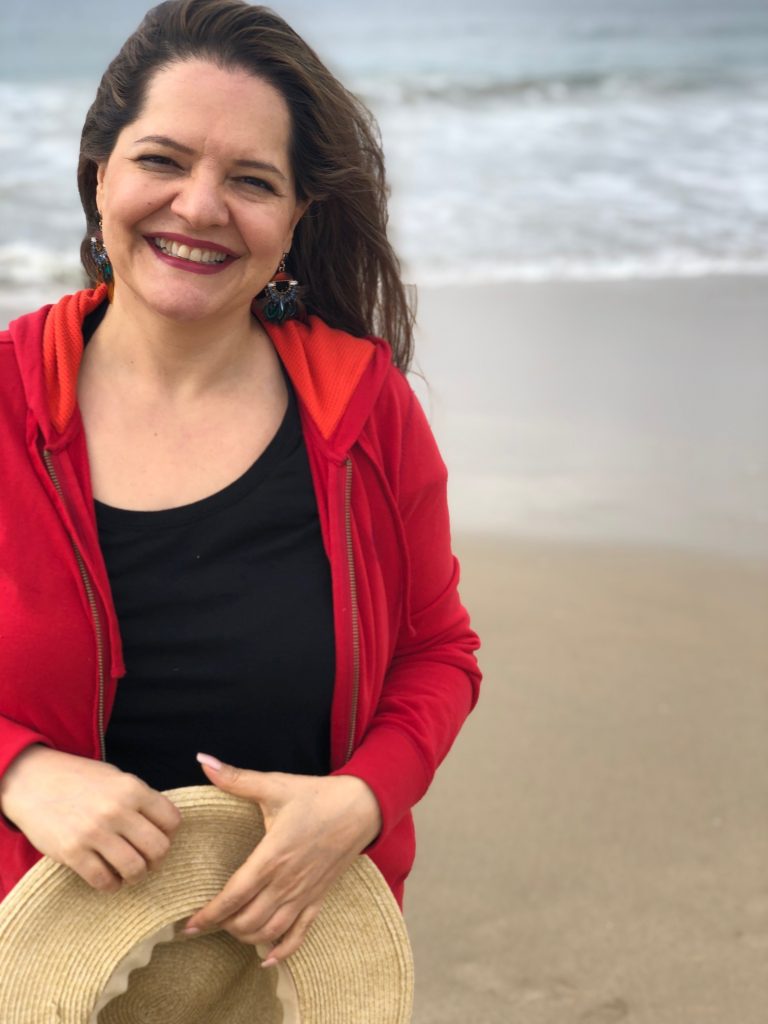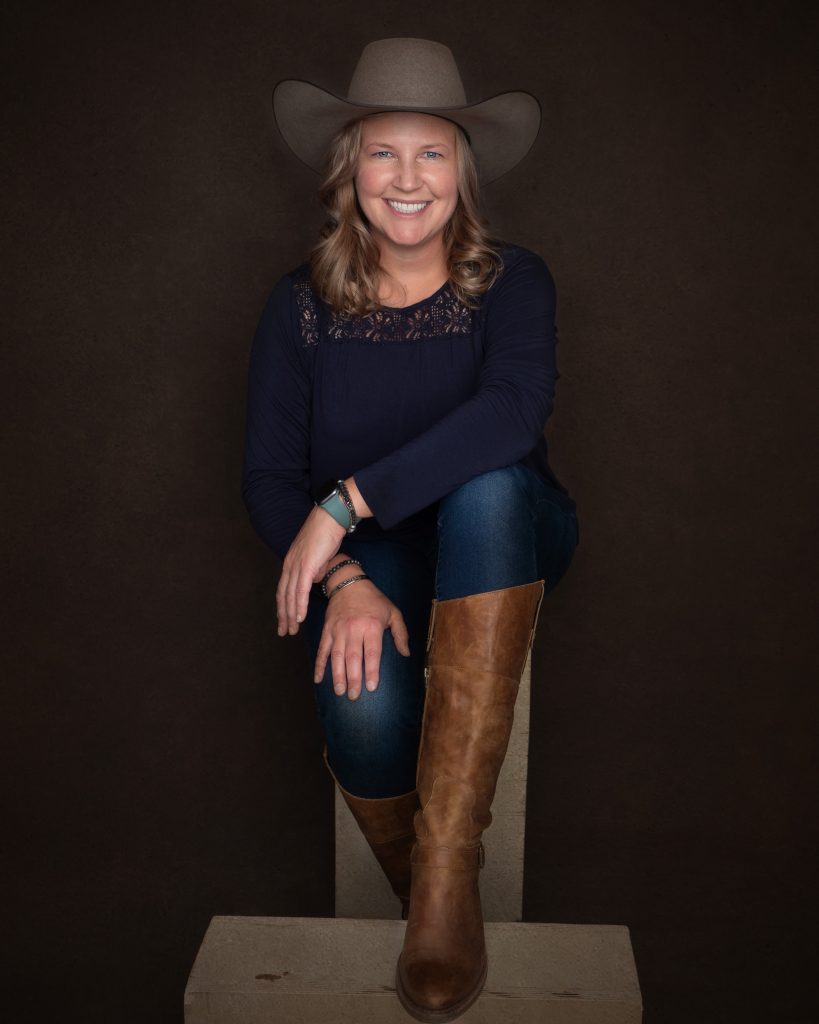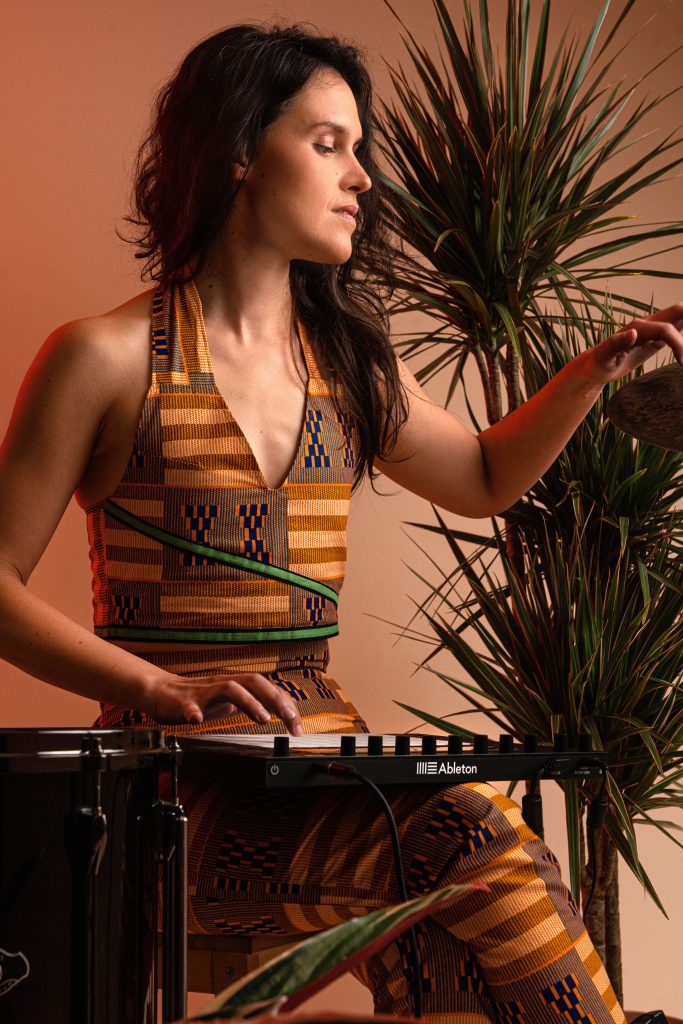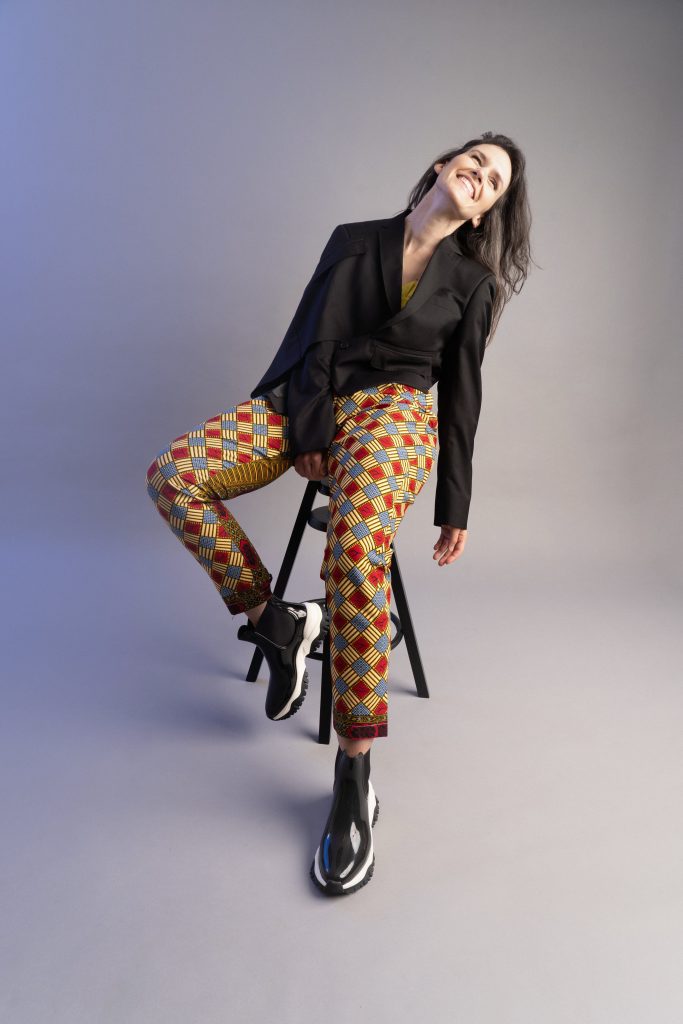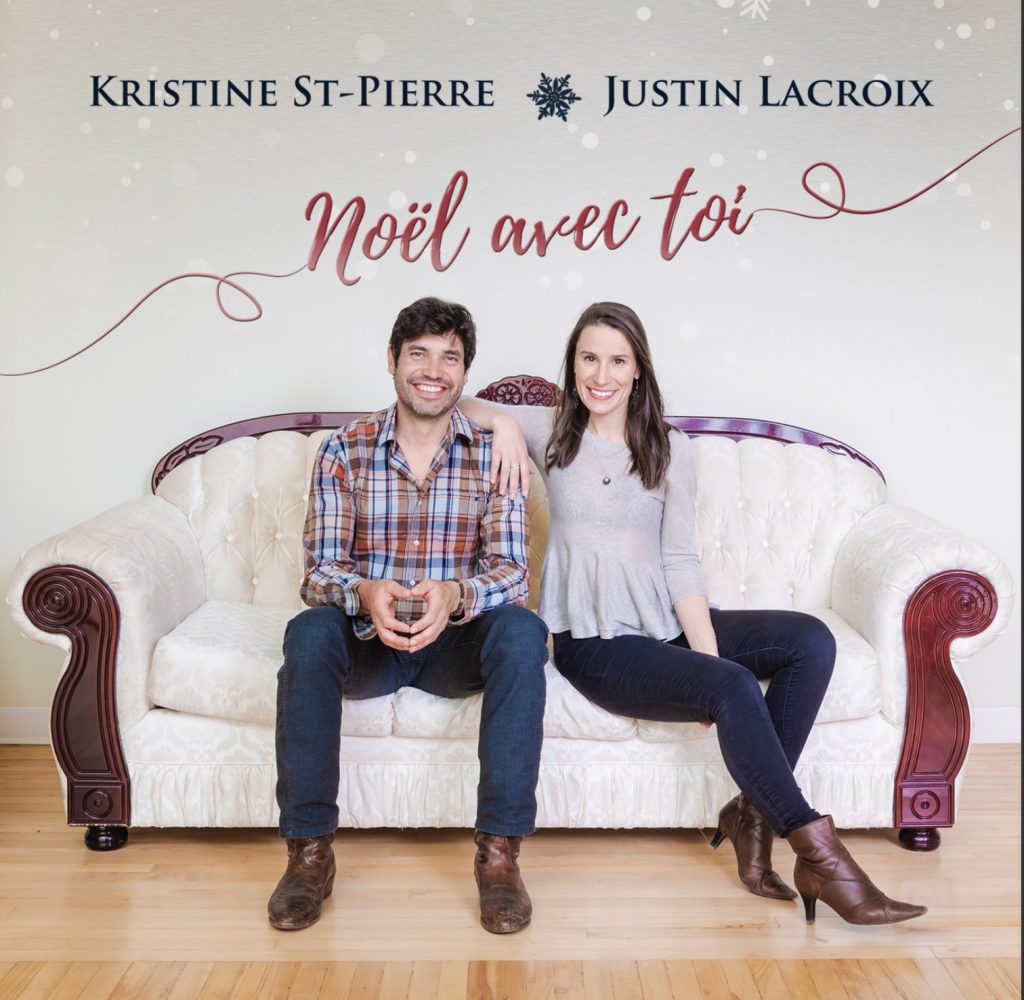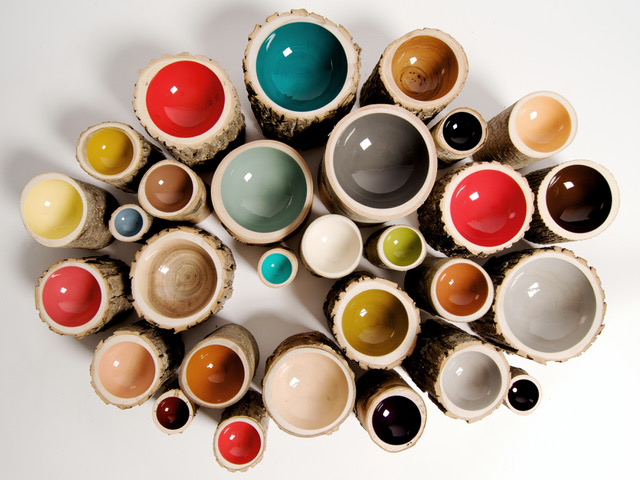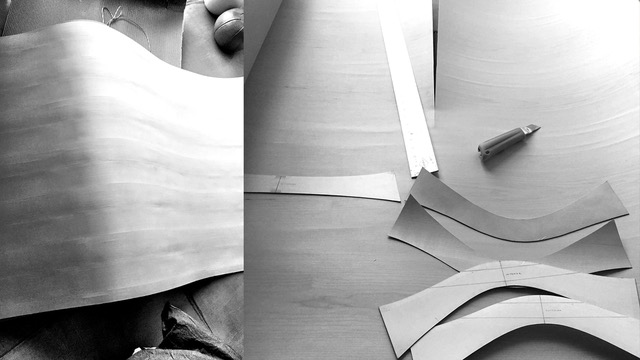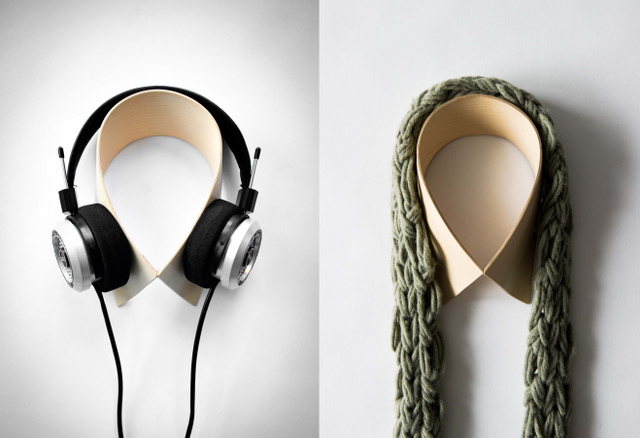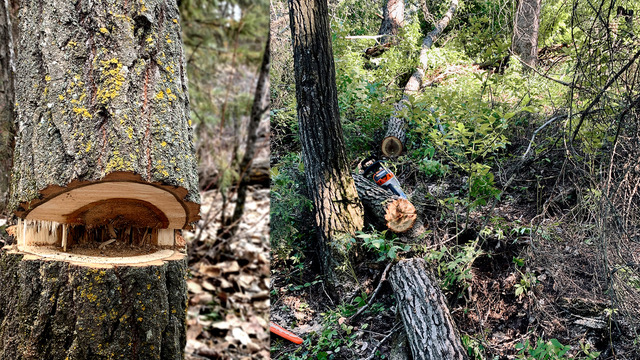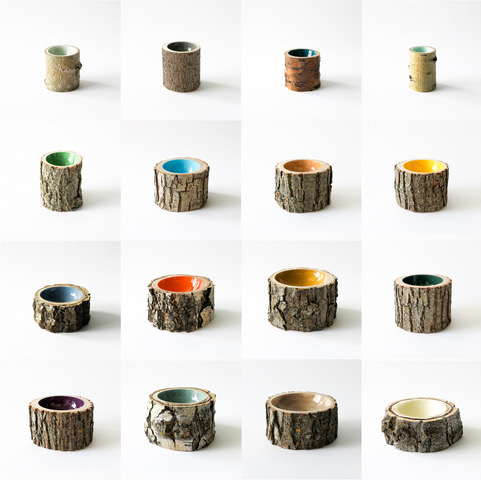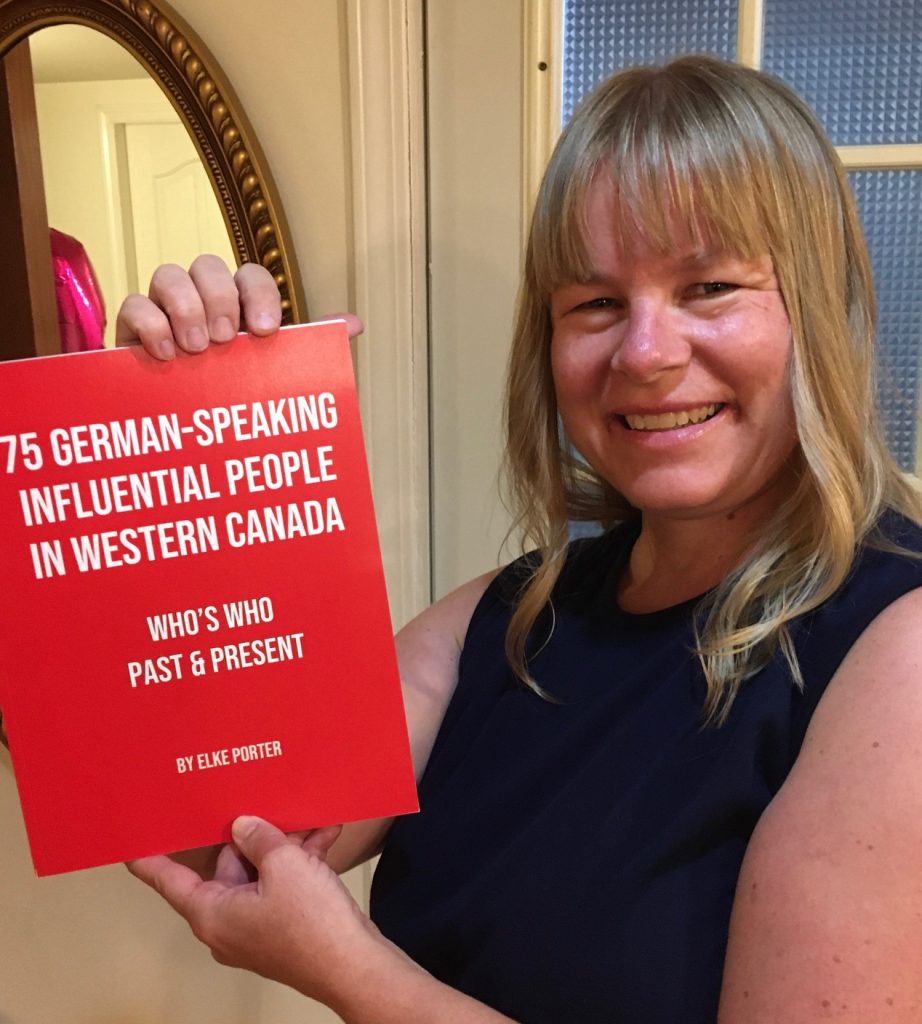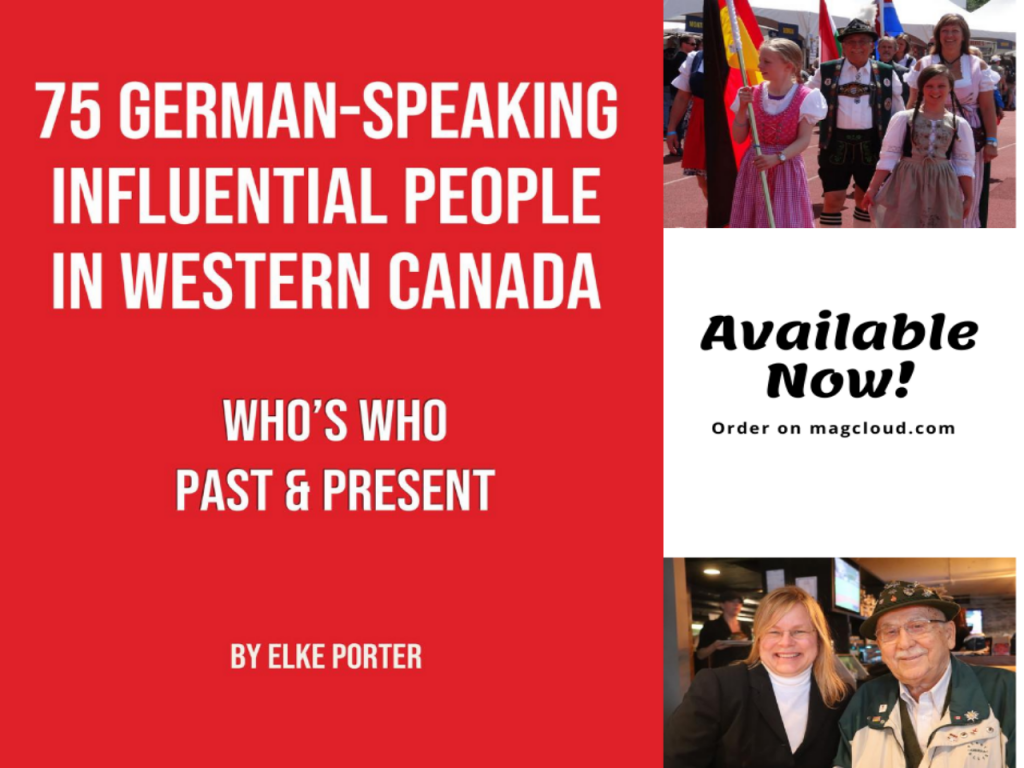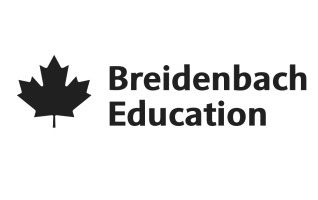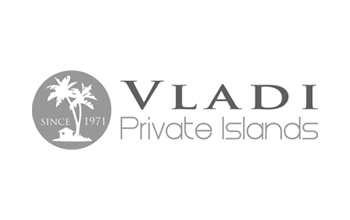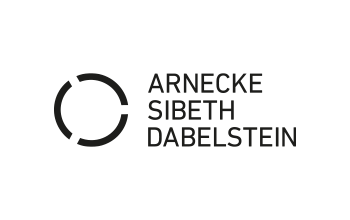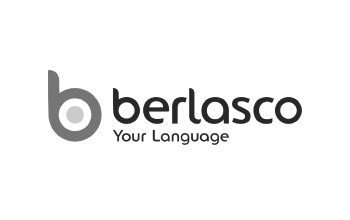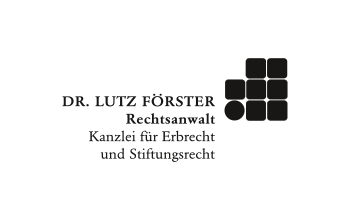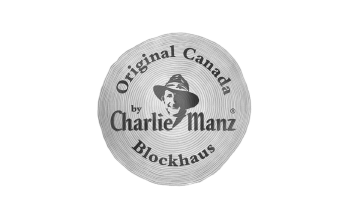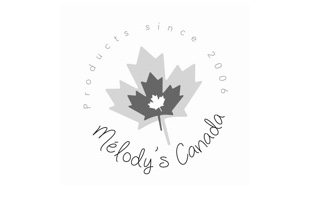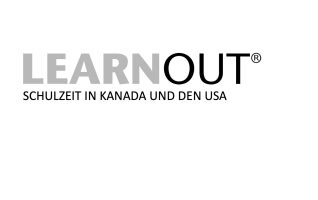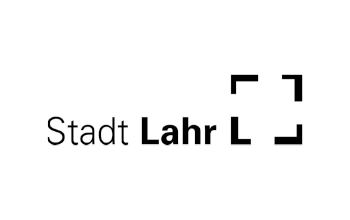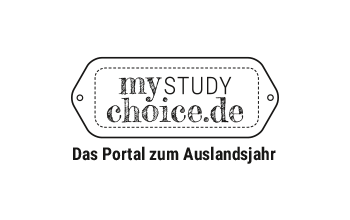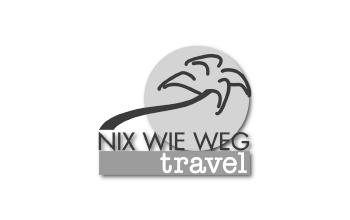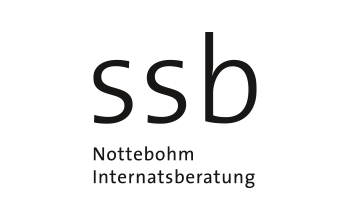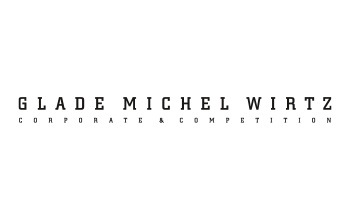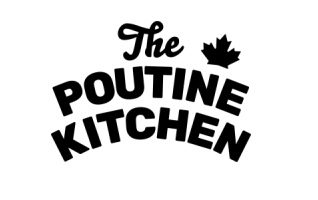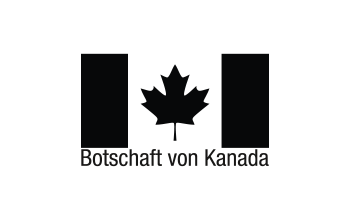Interview mit Unternehmer Rainer von zur Mühlen, WSP-Teilnehmer 1969
Rainer von zur Mühlen ist ein erfolgreicher deutscher Unternehmer und Pionier auf dem Gebiet der IT-Sicherheit. In seinem Buch “Drei Leben im Gegenwind” berichtet er als Zeitzeuge von seiner Kindheit und seinen Erlebnissen in Deutschland während des Kalten Krieges. Als junger Student ergatterte er ein Stipendium der DKG, das ihm eine Reise nach Kanada ermöglichte. Im Interview mit DKG-Volunteer Clarissa Leithiger nimmt der heute fast 80-Jährige uns mit auf eine Reise durch sein Leben und teilt einige abenteuerliche Geschichten aus seiner Zeit in Kanada.
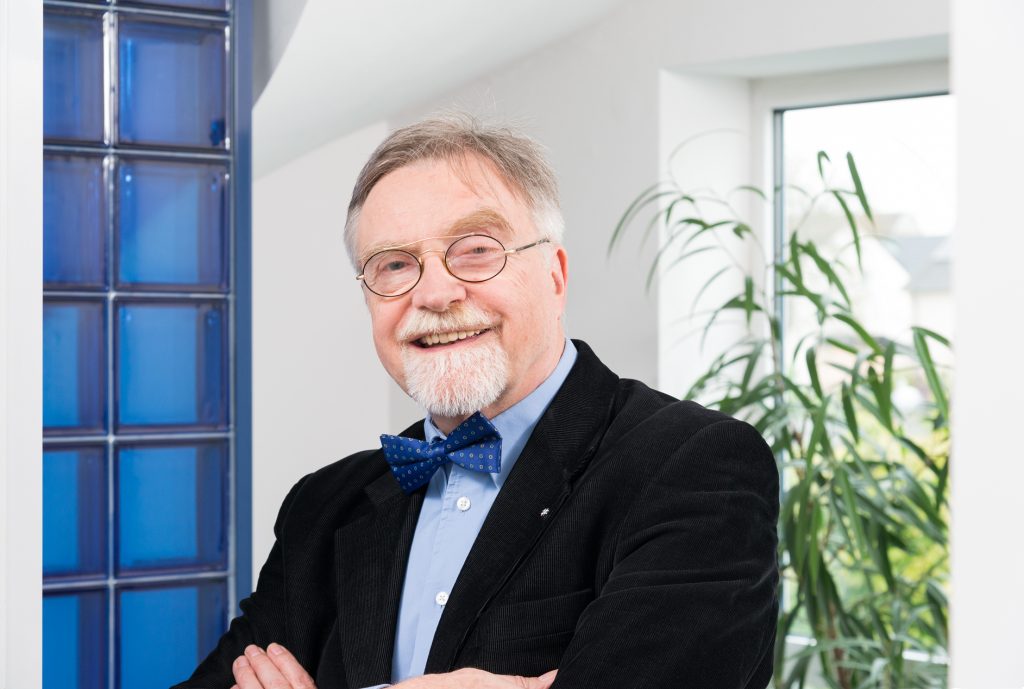
Rainer von zur Mühlen: Der Unternehmer heute.
Kindheit als Zeitzeuge im Kalten Krieg
Rainer von zur Mühlen wuchs als Sohn des Leiters eines Nachrichtendienstes im britischen Sektor Berlins auf. Der Job des Vaters war Spionage gegen die sowjetischen Besatzungstruppen im Auftrag der Briten. Da die Familie in ständiger Angst um die Entführung des Vaters lebte, schärfte sich Rainers Bewusstsein für Gefahren schon im Kindesalter. Er selbst schreibt, dass der Beruf des Sicherheitsberaters also genetisch nah an seiner Wiege lag. 1959 zog die Familie nach Bonn, Rainer begann sich politisch zu engagieren und nahm später ein Studium der Wirtschaftswissenschaften in Köln auf.
Ab nach Kanada: Das Abenteuer beginnt
Zufällig hörte Rainer von der Deutsch-Kanadischen Gesellschaft und bewarb sich 1969 für das Werkstudierendenprogramm (WSP). Und so kam es, dass er gemeinsam mit einer Gruppe von etwa 50 Studierenden die Reise antreten durfte. Mit dem Flieger ging es von Amsterdam nach Montreal, wo am Flughafen gerade die Mondlandung im TV lief. Anschließend stieg er in den Zug nach Vancouver, die Metropole in der westlichen Provinz British Columbia. Mit den Schlafwagen und dem Ausblick aus den Panoramafenstern auf die beeindruckende Landschaft der Rocky Mountains war die Fahrt ein absolutes Highlight. In Vancouver angekommen wurde die Gruppe von einigen DKG-Mitgliedern begrüßt und direkt zur ersten Party eingeladen. Die ersten Eindrücke der jungen Deutschen waren im wahrsten Sinne des Wortes berauschend. Wunderbar und exotisch fanden die jungen Studentinnen und Studenten das kulinarische Angebot in Chinatown – in Kanada galten sie selbst gewissermaßen als Exoten. Das führte zu zahlreichen Einladungen zu Parties, die Rainer dazu nutzte, um wertvolle Kontakte zu knüpfen. Diese sollten ihm später noch in unzähligen Lebenssituationen von Nutzen sein.
Eine Recherchereise vor Zeiten des Internets
Nach vier Wochen Baustellenarbeit im Dienste der Stadt Vancouver kaufte Rainer für 50 Dollar ein altes Auto und machte sich auf die Reise. Er war mit dem Ziel nach Kanada gekommen, Informationen und Daten für seine Diplomarbeit über Computerkriminalität (die es damals noch gar nicht wirklich gab) zu sammeln. Per Frachtschiff setzte er nach Alaska über, von wo aus er die Panamericana-Route nach Süden bis in die Vereinigten Staaten fuhr. Unterwegs machte er Halt bei verschiedenen Gerichten, Anwaltskanzleien, Universitäten und Wirtschaftsprüfern, die sich mit Computerrecht befassten. In San Francisco, Berkeley und etlichen Garagenlabs traf er auf erste Sabotageforscher und Abwehrentwickler. “Unrechtsbewusstsein gab es nicht. Was nicht verboten war, galt als erlaubt”, so von zur Mühlen. Er folgte unter anderem einer Einladung der Firma Boeing nach Seattle, wo er eine Löschanlage für Boeing-Maschinen kennenlernte, die seine Firma später einmal zum Brandschutz von Rechenzentren einsetzen sollte. Die während der Rundreise gesammelten wertvollen Akten und Dokumente wurden in Bananenkisten gepackt und nach Deutschland zum Kölner Lehrstuhl für Wirtschaftsprüfung verschifft.
Anekdoten aus der nordamerikanischen Wildnis
Auf der dreieinhalb-monatigen Reise quer durch Kanada und die Vereinigten Staaten hatte Rainer die Möglichkeit, die atemberaubende Natur und das Wildlife der Rocky Mountains nicht nur aus dem Zugfenster, sondern aus nächster Nähe zu sehen. Und natürlich erlebte er auch einige Abenteuer. Er schlief im Auto, seiner liebevoll genannten “Rusty Lady”, deren Unterboden so löchrig und verrostet war, dass er Holzdielen auf den Boden legen musste. Auf den unbefestigten Straßen bekamen die Scheiben Steinschläge, die er kurzerhand mit Scotch Tape (dem kanadischen Tesafilm) reparierte. “Teilweise war ich drei Tage unterwegs, ohne einen Menschen zu sehen”, berichtet er mit leuchtenden Augen.
Der damals 25-Jährige hatte als Proviant Konserven im Gepäck, die abends im Lagerfeuer erhitzt wurden. Diese Konservendosen sollten ihm jedoch noch fast zum Verhängnis werden. Nicht nur, dass ihm einmal beim Öffnen einer Dose so viel hartnäckiges Fett auf die Brille spritze, dass er mit getrübter Sicht weiterfahren musste. Eines Abends rollte eine der Dosen unter das Auto, was dazu führte, dass sich am nächsten Morgen ein Bär am Wagen zu schaffen machte. Glücklicherweise hatte er zur Verteidigung gegen wilde Tiere eine Flinte dabei, falls es wirklich zum Äußersten kommen sollte. “Damals war ich viel leichtsinniger. Heute beurteile ich Gefahr und Sicherheit ganz anders”, erzählt mir Rainer von zur Mühlen mit einem Schmunzeln.
Gemeinsam mit einem anderen WSP-Teilnehmer verbrachte Rainer auch einige Wochen auf der Pferderanch eines Deutschen in der Region Cariboo. Dort saß er nicht nur im Westernsattel, sondern lernte auch einiges über Büffel. Das tierische Wissen konnte er später im Rahmen seiner Arbeit als Sicherheitsberater anwenden. Eine Firma in Deutschland hatte mit Vandalismus durch Graffiti-Sprayer zu kämpfen und beauftragte ihn mit einem Konzept zum Objektschutz. Da kam ihm die Idee, Jungstiere zum Weiden auf die Wiese neben dem Firmengebäude zu setzen. “Mit Büffel-Jungbullen auf der Wiese traut sich garantiert kein Sprayer an das Gebäude”, sagte er seinem Kunden. Noch heute hält das Unternehmen Wisentbullen auf der das Gelände umgebenden Wiese und Graffiti am Firmengebäude waren seitdem kein Thema mehr.
Auch in den Genuss der legendären kanadischen Gastfreundschaft ist Rainer damals gekommen. Nachdem er auf seinem Roadtrip an der dritten Farm namens “Schilling Ranch” vorbeikam, entschloss er sich kurzerhand für einen Stopp, denn er hatte Verwandte aus Deutschland mit dem Namen Schilling, die nach Kanada ausgewandert waren. Es stellte sich heraus, dass der Nachname in den Rockies sehr verbreitet war. Seine Gastgeber waren zwar nicht mit ihm verwandt, aber dennoch nahmen sie ihn auf, als wäre er ein Familienmitglied. Vom Sohn der Familie erhält Rainer heute noch Postkarten mit Motiven, die der Hobbyfotograf in den Rocky Mountains schießt.
Pionierarbeit für heutige Cybersicherheit
Rainer erkannte schon damals die Bedeutsamkeit der gesammelten Informationen und machte sich die Bekämpfung von Cyberkriminalität zum Beruf. Zurück in Deutschland schrieb er nicht nur seine Diplomarbeit zu diesem Thema, er erhielt auch erste Aufträge als Sicherheitsberater und gründete noch während des Studiums eine eigene Firma, sodass kaum noch Zeit für das Examen blieb. IBM förderte Rainers Diplomarbeit, in der er dank des auf Reisen gesammelten Materials nachweisen konnte, dass sich Computer manipulieren lassen. Bis dahin herrschte nämlich noch die Meinung, dass Computer viel zu komplex seien, um manipuliert werden zu können. Doch von zur Mühlen sah das anders, testete Manipulationsmöglichkeiten, indem er unter Aufsicht des Herstellers Programm-Manipulationen entwickelte und erfolgreich testete. Er prophezeite damals schon, dass es später einmal Cyberangriffe und Hacker geben würde. Aus der Diplomarbeit wurde ein Buch – die weltweit erste Monografie über Computerkriminalität.
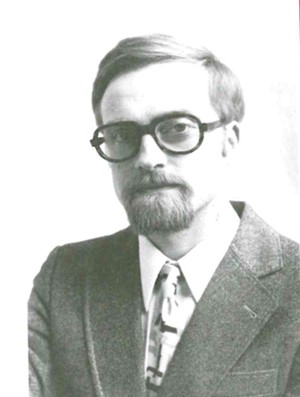
Der junge Rainer von zur Mühlen 1969.
Der Austausch hat ihn zu einem erfolgreichen Unternehmer gemacht
Nicht nur die gesammelten Akten und Dokumente hatten großen Einfluss auf Rainer von zur Mühlens Karriere, sondern auch die Menschen, die er auf der Recherchereise kennenlernte. “Die Kontakte aus der Kanada-Zeit legten das Fundament für meinen späteren Beruf”, kann er resümieren. Sein Unternehmen, die VZM GmbH, ist heute Deutschlands älteste Hightech-Sicherheitsberatung und beschäftigt rund 45 Informatiker:innen und Ingenieur:innen, die Rechenzentren planen und Unternehmen weltweit auf dem Gebiet der Cyber Security betreuen. “Aus dem Wissen der Rundreise habe ich viel geschöpft, nicht zuletzt bei der Planung und Beurteilung von Rechenzentren auf allen fünf Kontinenten”, verrät Rainer. Rückblickend vergleicht er sein Leben mit einem Zahnrad: Die gesammelten Erfahrungen sind wie Schmiermittel im Getriebe, alles wirkt zusammen und greift ineinander.
Mit offenen Augen durch die Welt gegangen
Heute liest Rainer von zur Mühlen viel englischsprachige Literatur, um nicht einzurosten. Die DKG-Community hat ihn während all der Jahre immer wieder begleitet. Die Treffen unseres Vereins nutzte er auch für den Austausch mit jungen Informatiker:innen, die ihn mit Inspiration und wertvollem Input bereichern konnten. Schließlich möchte ich als WSP’lerin aus dem Jahrgang 2019 (also 50 Jahre später) noch von Rainer wissen, was er insbesondere den jungen Mitgliedern der DKG mitgeben möchte. “Geht mit offenen Augen durch die Welt, interessiert euch für alles und jeden. Reist viel und sammelt neue Eindrücke. Je mehr wir aufnehmen, desto mehr haben wir, woraus wir später einmal schöpfen können”, antwortet er uns.
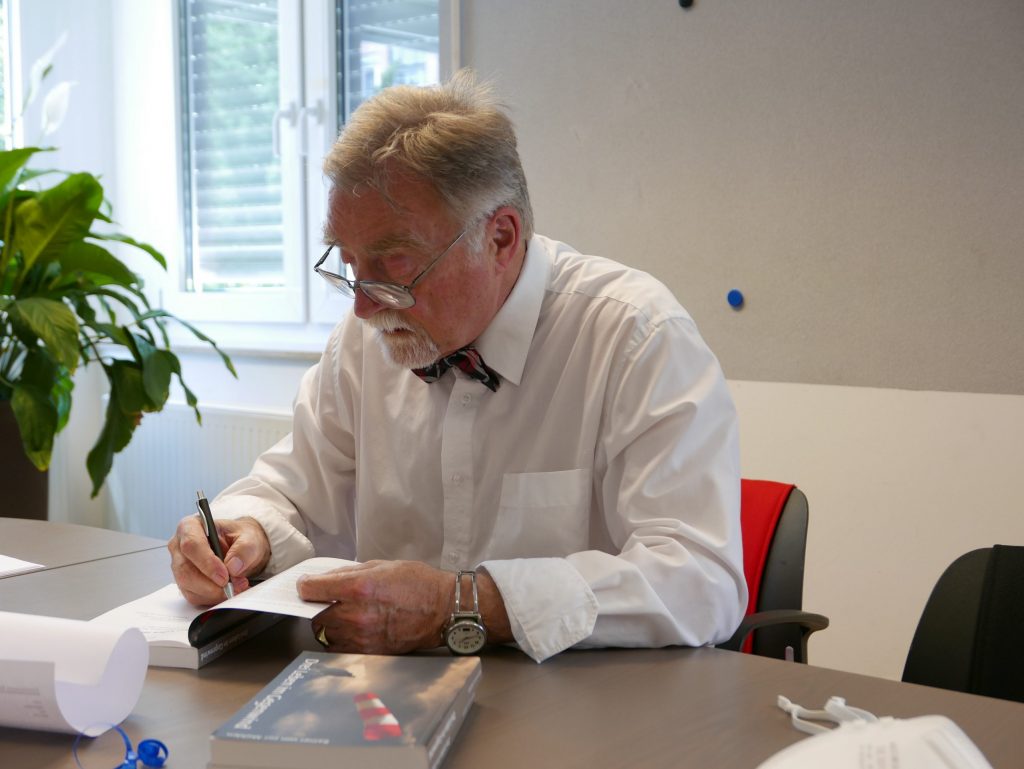
Rainer von zur Mühlen beim Signieren seines Buches “Drei Leben im Gegenwind”.
Mehr zu Rainer von zur Mühlens Zeitzeugenbericht “Drei Leben im Gegenwind”, der ohne die Kanadareise wohl nicht entstanden wäre, findet ihr unter dem folgenden Link.
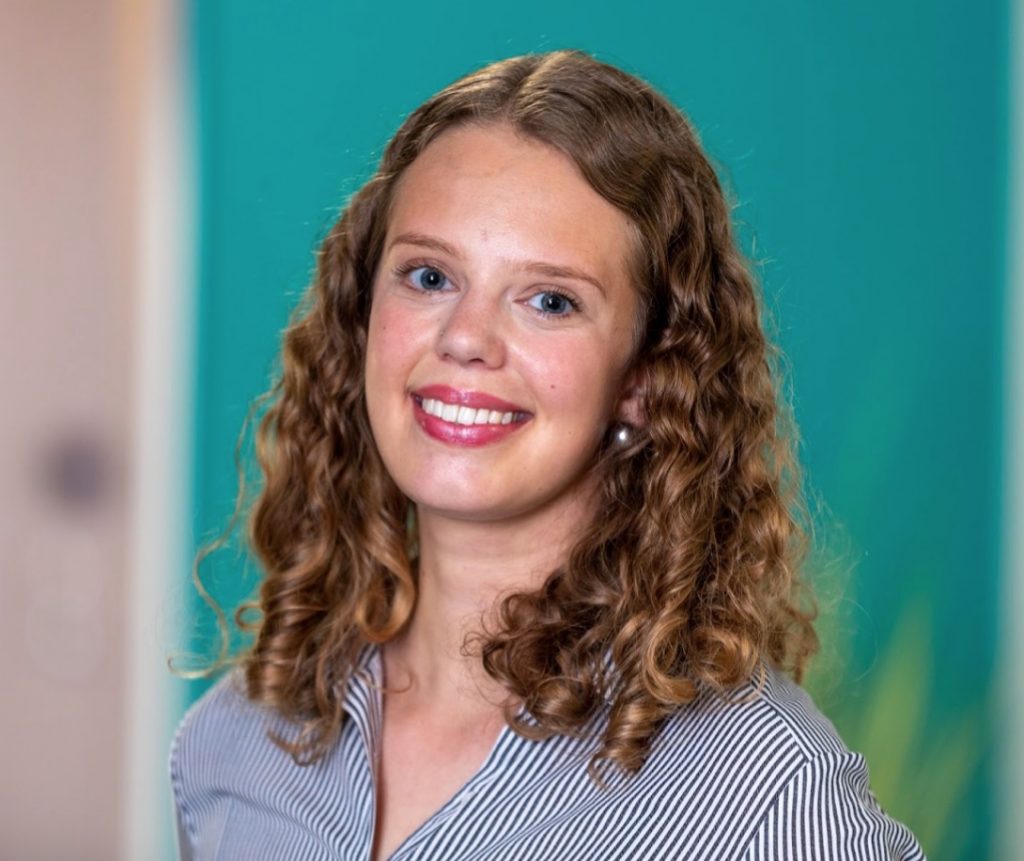
Ein Artikel von Clarissa Leithiger
Clarissa Leithiger nahm 2019 am Work & Travel Programm der Deutsch-Kanadischen Gesellschaft teil. Nach dem Abschluss ihres betriebswirtschaftlichen Studiums lebt und arbeitet sie heute als Marketing Manager in Jena, Deutschland. Sie ist ehrenamtlich als DKG Volunteer in den Bereichen Social Media, Marketing und Kommunikation engagiert.


